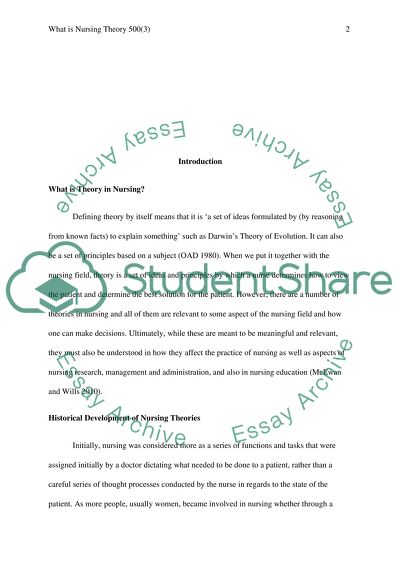Cite this document
(“What is Nursing Theory and why do we need it Article”, n.d.)
What is Nursing Theory and why do we need it Article. Retrieved from https://studentshare.org/nursing/1605340-what-is-nursing-theory-and-why-do-we-need-it
What is Nursing Theory and why do we need it Article. Retrieved from https://studentshare.org/nursing/1605340-what-is-nursing-theory-and-why-do-we-need-it
(What Is Nursing Theory and Why Do We Need It Article)
What Is Nursing Theory and Why Do We Need It Article. https://studentshare.org/nursing/1605340-what-is-nursing-theory-and-why-do-we-need-it.
What Is Nursing Theory and Why Do We Need It Article. https://studentshare.org/nursing/1605340-what-is-nursing-theory-and-why-do-we-need-it.
“What Is Nursing Theory and Why Do We Need It Article”, n.d. https://studentshare.org/nursing/1605340-what-is-nursing-theory-and-why-do-we-need-it.


